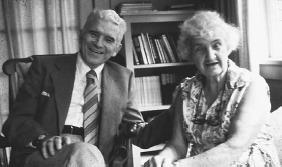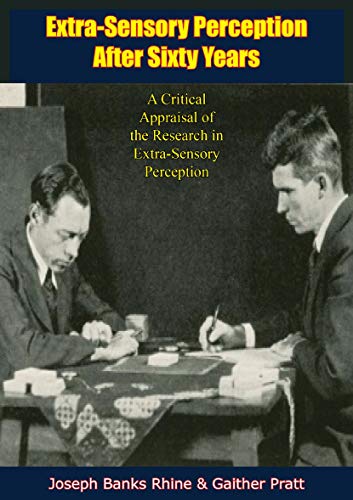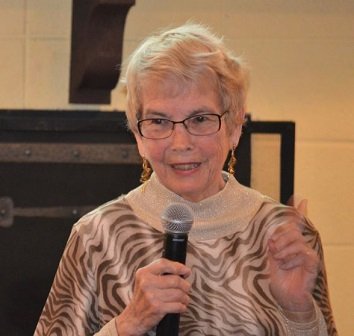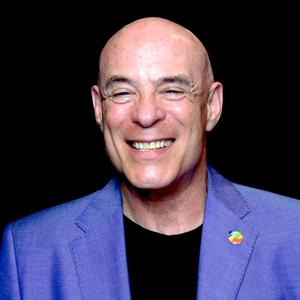
You would think that finally getting a book edited, re-written, re-edited, designed, and uploaded for epub platforms would feel like “Well done, mate,” but it’s just the beginning.
I still remember vividly walking into the Rhine during the Wednesday weekly research meeting and being met with cordial greetings. I was so excited to get started on my psychometry thriller. The very first chapter was already written:
A woman is working late in an office. She rubs her palms nervously along her skirt as she waits for the jump drive to finish uploading a file. The room is dark, with just a few lights on here or there making every corner a possible hiding place for something sinister. As the progress bar reaches one hundred percent, she grasps the jump drive and quickly shuts down the computer she isn’t supposed to have access to. The drive goes into a zippered pouch in her purse as she gets up to leave, feeling a bit less nervous. She wasn’t noticed, it’ll be fine. Echoes of her heels clicking on the polished wooden floors sound like little gunshots. She stops to remove her shoes and continues to the elevator in bare feet. If only she could stop the sound from her rapid heartbeats which seemed, to her, a dead giveaway to her position. She presses the down button, then, again and again, it is taking too long. Was that movement over there? The air conditioner whooshes to life and she jumps at the sound before recognizing it’s benign. The interminable elevator dings its arrival slowly opening its doors in mockery of her desire to be gone. She glances into the car for any other travelers, then enters pushing the lobby button several times to make sure the elevator is aware of her impatience.
The doors open upon a darkened corridor, wide with shuttered shops and cafes along either side. She glances first down one side and then the other, listening for any movement, footfall, or breath. Satisfied that she is alone, the woman heads to the exit down the corridor to the right. Her walk is more brisk than usual and she fails to mask the sound of her movements. Just this right turn and then the door out of here, she thinks, breaking into a quicker gait. She rounds the corner, in sight of the glass exit doors, when a hand grasps her purse, forcing her to twirl in place. All she sees is a flash of metal, and then wetness oozes down her front. The assailant pulls the purse from her grasp and leaves her to hold her throat together with both her hands as she tries to bring air into her blood-filled trachea. She collapses to the floor. The last thing her ears perceive is the rapidly receding click, click of the murderer’s shoes, and the bang of the exit door. The last thing she sees as her vision tunnels is her outstretched arm with the charm bracelet that means so much to her.
“Not again!” Violette said, who was grasping the charm bracelet in her left hand.
That was a pretty good first chapter in my humble opinion, but now I had to learn more about psychometry and how psychics and law enforcement worked together to solve crimes. It wasn’t long after that Sally Rhine Feather said “Elizabeth, once you finish that novel, could you work on one for young people?” And Calliope O’Callahan was born. However, after every meeting I attended, every book and research paper I read, and every talk I listened to, I realized how deeply rich the world of parapsychology is. Like a kid in a candy store, I wanted Callie to have all the abilities known to science, but that isn’t realistic. I was also more interested in the experiences and the effects than in the characters I created. My first completed draft went to a content editor. She looked at the story and found the characters flat and the middle to be quite boring. After I pulled myself off the floor, I learned more about the craft of writing, especially what makes a character’s journey compelling. The next three years were spent on this journey until I felt I had a draft worth sending out to a few interested readers. Their notes were encouraging so off to the second editor it went.
The next fun part was publishing. I listened to numerous authors and other members of the publishing world compare and contrast self-publishing with traditional publishing. The last few years with Amazon as King Kong has thrown traditional publishing into a tizzy. I won’t bore you with details, but it’s why I went the self-publishing route. Self-publishing is like opening your own business, so I have to absorb the costs and responsibilities of my copyright (book). I am fortunate to have a freshly graduated mass media major helping me with social media, but I enjoy teaching, so I’ll be going to events when that is possible, and I will add those to my website.
After this six-year trek, I’m a published author, member of several parapsychology organizations, copy-editor for New Thinking Allowed publications and for the Journal of Parapsychology and newly minted member of the board for the Rhine. With these bona fides, I attended a local fan convention called ConGregate 9 in Winston-Salem to speak about parapsychology. Fans love paranormal subjects but have little if any awareness of what parapsychologists study, or that any of these experiences are real. It wasn’t attended by a large number of people, and as an unknown, I didn’t get top billing for my panels, but a con runner needs to think about what the fans want and I needed to keep my mind on the primary goal: get the subject of parapsychology out to a new group of people. It went well, and there was awe, support, curiosity, and vindication, which was very cool. I hope you can attend one of these fan conventions one day, or perhaps a library talk is more your speed, either way, it would be great to meet you to discuss more about your journey into parapsychology.




